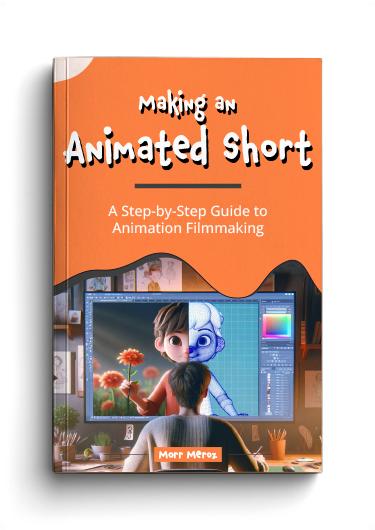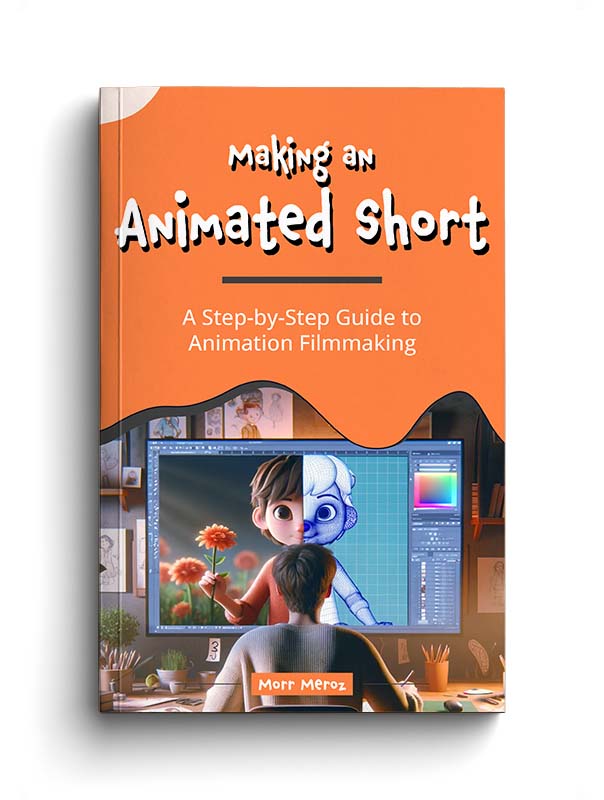I worked for different productions studios (animation, VFX, film etc…), and noticed a few things about their business model. It’s mostly based on having minimal staff, getting clients, then hiring as many freelancers as possible to deliver the work to the client, and repeat.
As my animation studio grows, I’m approached very often with offers to do client work myself, and I always say no.
Here’s why I don’t use the client model for myself.
The client-based model is based around constantly going after new leads. It’s not about building long term assets, but more about survival.
I’m not saying it’s not possible to make a lot of money and have a very successful business this way (many do), but mentally, for me, it’s too similar to having a job.
A job works very similarly – once you stop showing up, the money stops coming in. Plus, you’re not working on your own projects. You’re doing stuff for other people.
That’s why I decided that no matter what, Bloop Animation will be a self-sustained animation business, one that will never rely on outside clients. This means things will take more time to happen, but that’s ok with me.
Clients don’t alway mean animation clients. It could be sponsors for my YouTube channel, or ads for my blog. They all require dealing with another company to determine my income, and I don’t like it.
I do have customers, though, and there’s a difference.
Clients vs. customers
Clients and customers might sound like the same thing, because they’re both basically people or entities who pay you for your services/products. However, they differ in 3 ways that make all the difference:
1. Method of acquisition
In general, clients are something you need to hunt for, at least at first, and then slowly build your roster and hope that word-of-mouth will get you more.
Customers, on the other hand, usually find you. Yes, you can spend time and money acquiring customers through ads and social media marketing, but it’s more passive than acquiring clients and lets you focus on doing great work.
2. Who dictates the terms
This is a big one. When you have customers, you are the one deciding on what the product will be. As an animation studio, I will be the one deciding on the art direction, the story and all other aspects. A commercial studio needs to serve the client’s taste, while advising as best it can.
3. Loyalty
Not to say that clients are not loyal, but they also have bosses, and they need to find the best studio they can for the best price.
Good studios come and go all the time. There will always be a newer, younger more creative studio coming up the pipe, and eventually, even loyal clients might change the studio they usually work with. It’s not personal, it’s business.
With Bloop, though, I’m trying to make it personal. I want people to want to watch our films just because they were produced by us. Just like you know that a device will be great because Apple made it (usually).
I’m trying to build a fan-base that will love what we do, and that kind of loyalty isn’t something that you usually get in the commercial world.
It’s not a question of which is better
I’m not trying to take away from client work. That business model can be very fulfilling and is the right path for many people. I simply wanted to explain why I chose not to take client work, and why I keep this studio completely self-sustained.
Making an Animated Short (FREE ebook)
A free ebook covering the process of making an animated short film from start to finish.




